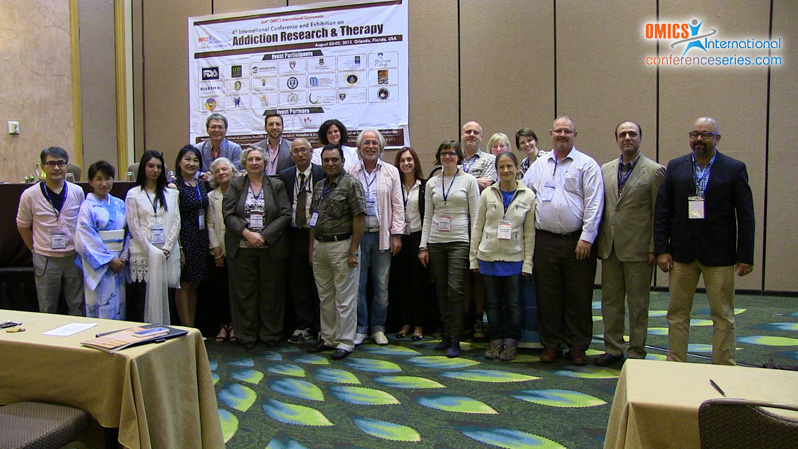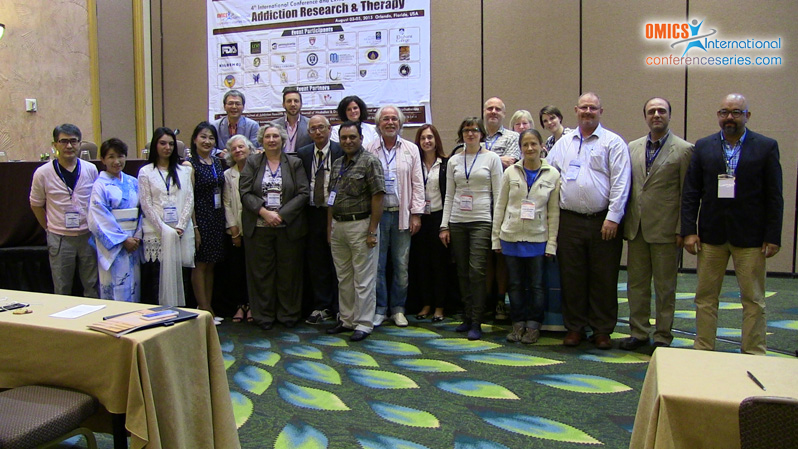
Huixiao Hong
National Center for Toxicological Research- FDA, USA
Title: Three dimensional structure of human nicotinic acetylcholine receptor α7 constructed through homology modelling and molecular dynamics simulation
Biography
Biography: Huixiao Hong
Abstract
Addiction to nicotine, and possibly other tobacco constituents, is a major factor that contributes to the difficulties smokers face when attempting to quit smoking. Amongst the various subtypes of nicotinic acetylcholine receptors (nAChRs), the α7 subtype plays an important role in mediating the addiction process. The human nAChR α7 is prevalent in the central nervous system, particularly in the hippocampus area of the brain, and is deemed as a promising target for smoking cessation therapies, treatment of neuropsychiatric and inflammatory disorders, amongst others. To date, a human structure of the nAChR α7 has not been elucidated. A homodimeric homology model of the extracellular ligand-binding domain of human nAChR α7 was constructed based on the crystal structure of the epibatidine-bound human nAChR α7 and Lymnaea stagnalis acetylcholine binding protein (AChBP) chimera protein (PDB ID 3SQ6), which share 71% similarity with the native human nAChR α7. With the cognate ligand preserved in the binding pocket, a 100ns molecular dynamics (MD) simulation was conducted to refine the homology model. The RMSD plot from the resultant trajectory shows that the protein achieved a steady state after ~20ns simulation with a stable fluctuation of approximately 3Å while the ligand after ~35ns with a stable fluctuation of <0.5Å. The refined structure could assist in identifying tobacco constituents that may have human α7 nAChR binding activity.



